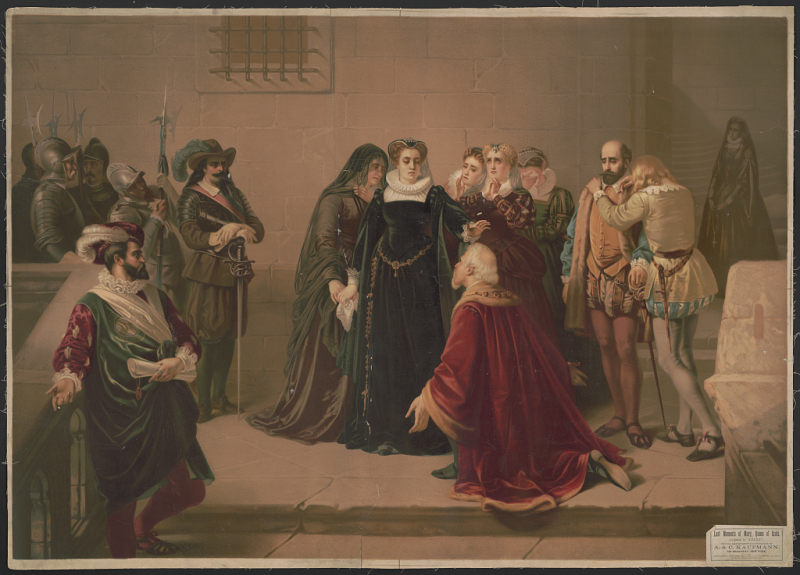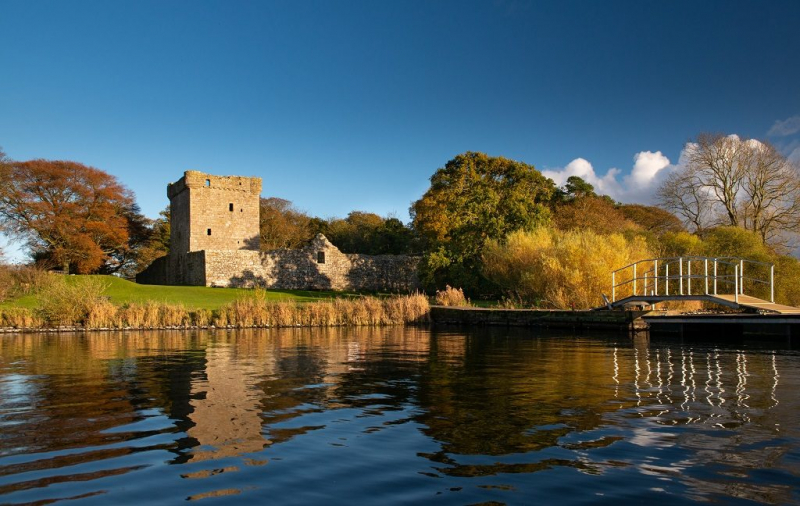While imprisoned, she gave birth to a stillborn twin
Mary paid her final visit to her son in Stirling between April 21 and 23, 1567. On her journey back to Edinburgh on the 24th of April, Mary was kidnapped by Lord Bothwell and his soldiers and carried to Dunbar Castle, where he may have raped her. Mary and Bothwell returned to Edinburgh on May 6. They were married in Protestant ceremonies on May 15th, at either Holyrood Palace or Holyrood Abbey. Bothwell and his first wife, Jean Gordon, Lord Huntly's sister, had divorced twelve days before.
Mary initially assumed that many nobles favored her marriage, but ties between the newly elevated Bothwell and his former peers quickly worsened, and the union proved to be highly unpopular. Catholics saw marriage as illegal since they did not acknowledge Bothwell's divorce or the legitimacy of the Protestant service. Mary's marriage to the man suspected of murdering her husband startled both Protestants and Catholics. The marriage was turbulent, and Mary felt depressed.
The confederate lords were a group of twenty-six Scottish peers that rebelled against Mary and Bothwell and created their own army. On 15 June, Mary and Bothwell confronted the lords at Carberry Hill, but there was no combat because Mary's soldiers deserted during negotiations. Bothwell was allowed to leave the field safely. The lords transported Mary to Edinburgh, where thousands of onlookers condemned her as an adulteress and murderer. The next night, she was imprisoned in Loch Leven Castle, which is located on an island in the center of Loch Leven. While imprisoned, she gave birth to a stillborn twin between July 20 and July 23. She was compelled to abdicate on July 24 in favor of her one-year-old son James. Moray was appointed regent, while Bothwell was exiled. In Denmark, he was imprisoned, got crazy, and died in 1578.







